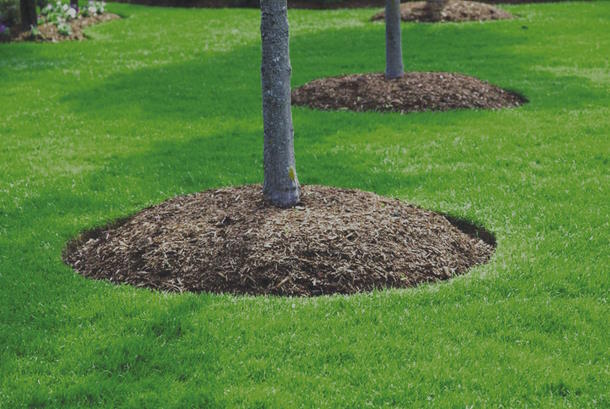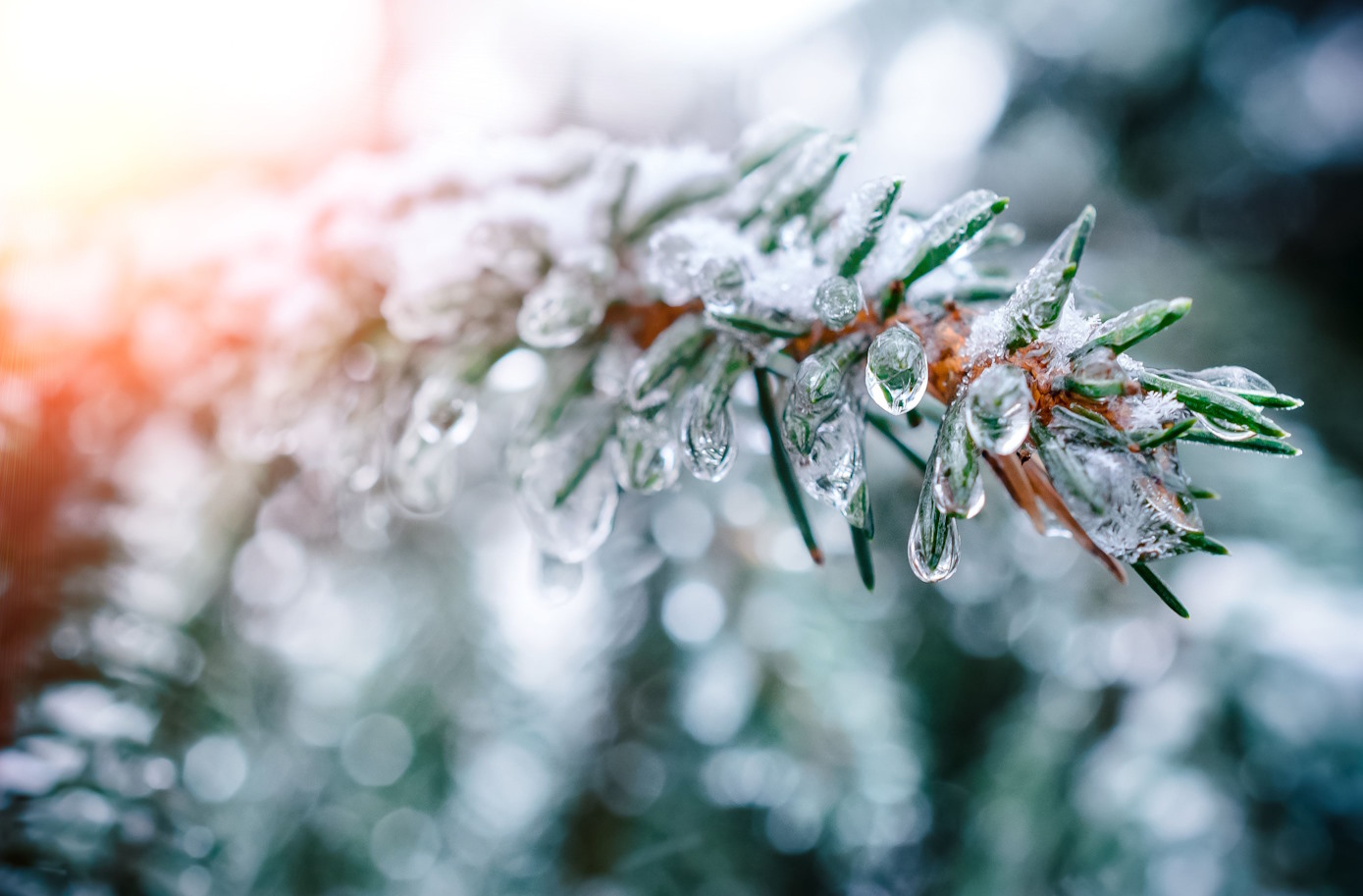Mulching is a great way to keep trees strong and healthy throughout the year.
Applied around the base of trees, mulch is an organic material made from things like wood chips, grass clippings, and compost. By treating trees with mulch, you provide them with a range of long-term health benefits that improves growth and vitality.
However, it’s important to understand how to properly add mulch to the base of the tree to ensure you get the best results possible. Let’s take a closer look at the importance of mulching and how to do it properly!
The Importance of Mulching Trees
One of the key advantages of applying mulch to the base of a tree is an added nutritional boost.
Much is an organic material made from things like wood bark and grass clippings, which break down over time, adding more nutrients in the soil for the roots to absorb.
Another key benefit of mulching trees is improved insulation. The layer of mulch insulates the soil, keeping roots cool during the warm summer months here in Austin.
Of course, winters get quite cool here in Austin too, so the mulch also helps prevent soil from freezing.
Also, mulch lowers the risk of soil erosion. The protective layer of material slowly filters rainfall to prevent soil being washed away during storms.
Conversely, when conditions are hot and dry, mulch helps soil retain moisture, meaning your trees require less watering during warmer months.
Mulch also improves soil airflow, breaking down dense soil to reduce soil compaction. As a result, roots find it easier to gather oxygen, ensuring healthy root development over the long-term.
Furthermore, mulch limits weed growth around the tree, ensuring there’s no competition for vital nutrients.
The mulch also provides a nice buffer zone between lawns and trees, reducing the chances of damaging your tree when mowing the lawn.
How to Mulch Around a Tree
Adding mulch around the tree is quick and straight-forward.
First, you need to choose a suitable mulch for your trees. Any organic mulch made from natural materials like wood chips, grass clippings, and compost are suitable for trees.
You can mulch a tree at any point of the year, although we recommend leaving it till mid-spring once the tree enters growing season.
The weather is warmer and roots are growing again, making it the best time to apply some mulch to encourage optimal growth.
Add mulch around the entire base of the tree, stopping roughly at the end of the canopy or drip zone. You’ll need to increase this area each year as the tree canopy expands outwards!
Don’t add more than 2-4 inches of mulch around the tree. Any more than four inches of mulch will cause drainage and airflow issues for the tree, potentially suffocating roots.
Too much mulch creates a large mound around the tree base, known as a mulch volcano – make sure to avoid this problem!
Also, don’t apply mulch too close to the tree trunk! You want the area where the trunk touches the soil (called the root flare) to remain exposed, so avoid creating a mound of mulch around the trunk.
Mulch slowly breaks down over time, while small amounts will wash/blow away during the year, so top up your layer of mulch as needed.







